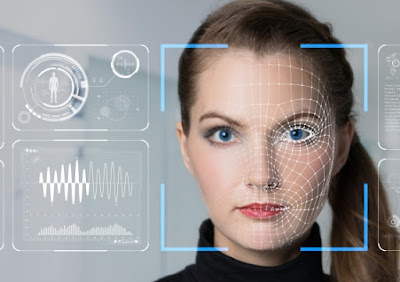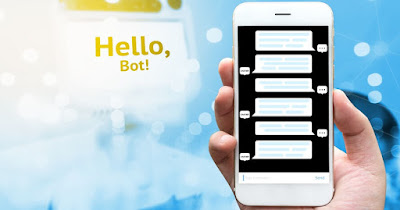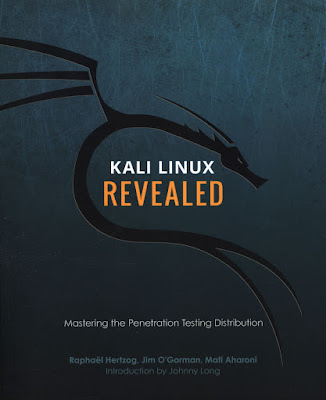Face Detection V/S Facial Recognition. Check it out !! || techtalksgroup ||

What is Face Detection? The definition of face detection refers to computer technology that is able to identify the presence of people’s faces within digital images. In order to work, face detection applications use machine learning and formulas known as algorithms to detecting human faces within larger images. These larger images might contain numerous objects that aren’t faces such as landscapes, buildings and other parts of humans (e.g. legs, shoulders and arms). Face detection is a broader term than face recognition. Face detection just means that a system is able to identify that there is a human face present in an image or video. Face detection has several applications, only one of which is facial recognition. Face detection can also be used to auto focus cameras. And it can be used to count how many people have entered a particular area. It can even be used for marketing purposes. For example, advertisements can be displayed the moment a face is recognized. Face reco...












